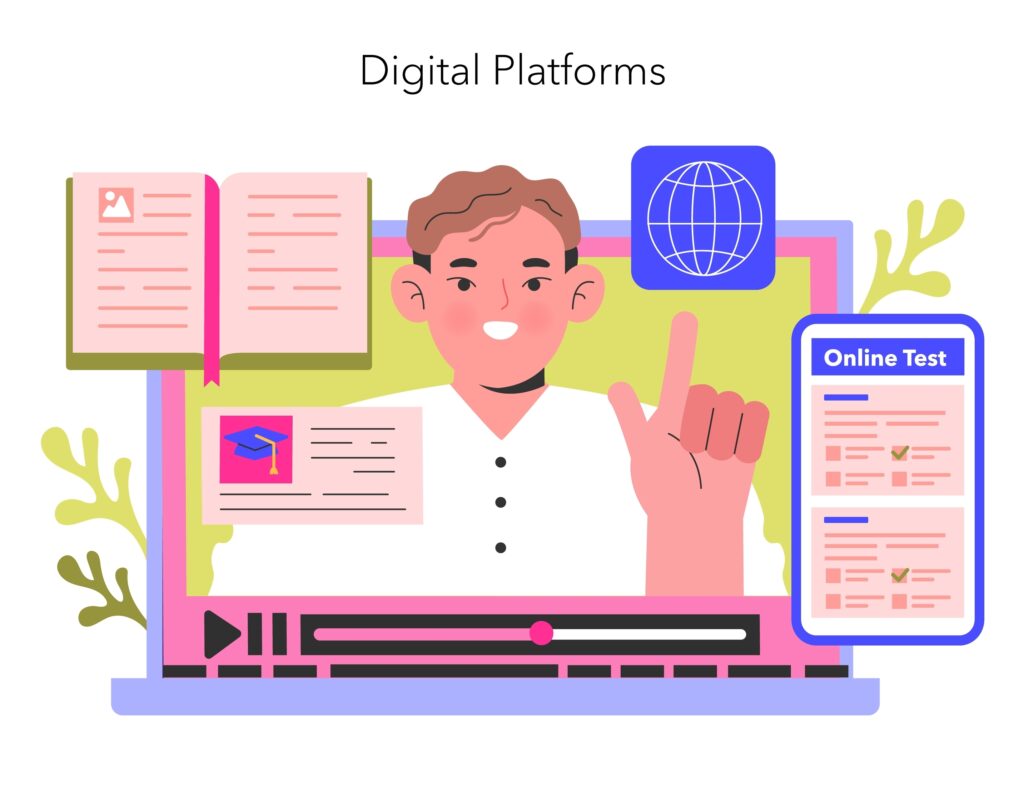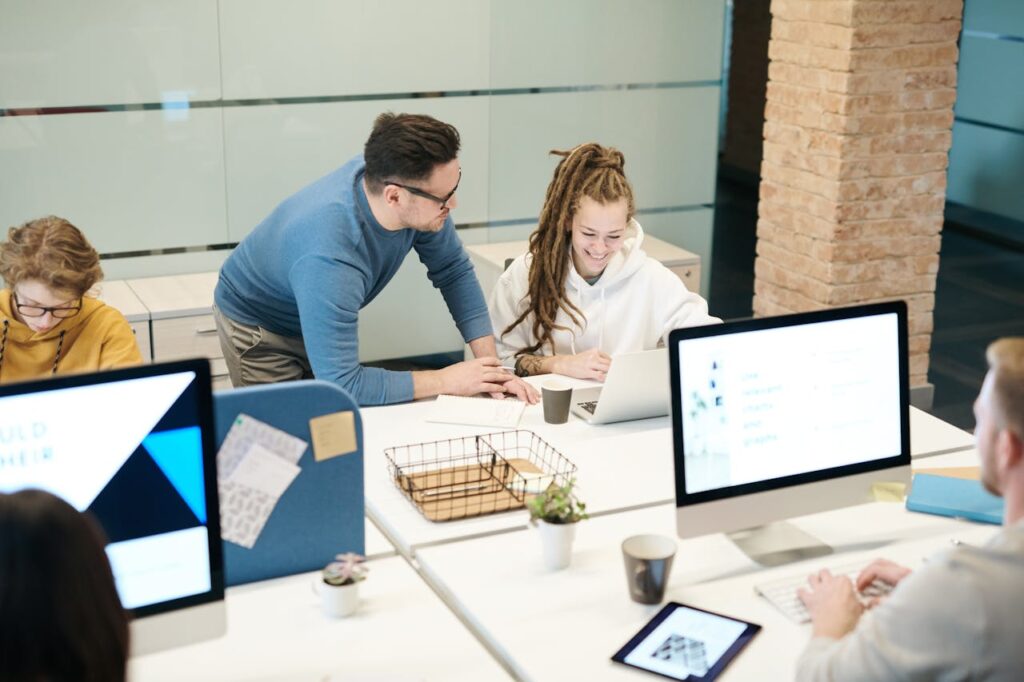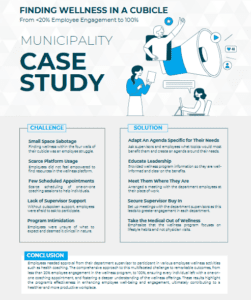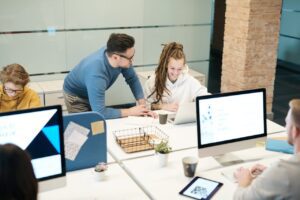Concierge Health Coaching and Digital Wellness Platforms: Setting a New Standard
The modern luxury residential experience is defined by more than high-end finishes and exclusive locations—it’s about crafting an elevated lifestyle that prioritizes health, wellness, and unparalleled convenience. As residents seek ways to enhance their well-being while maintaining their demanding schedules, the integration of one-on-one and group health coaching, along with digital interactive care paths and assessment tools, has become a transformative offering. These services not only promote wellness and improve quality of life but also align seamlessly with the aspirations and expectations of discerning luxury residents.
The Evolution of Wellness Amenities

Luxury residences have long been synonymous with state-of-the-art gyms, serene spas, and wellness spaces designed to inspire relaxation and vitality. Concierge health coaching takes these offerings a step further, providing residents with personalized guidance to meet their wellness goals, whether they’re looking to optimize fitness, manage stress, or maintain peak health. Paired with digital wellness platforms that offer round-the-clock access to customized wellness plans, residents gain an all-encompassing resource designed to bridge the gap between aspiration and achievement.
- Optimize Fitness Levels: Achieve your physical best with tailored exercise programs and digital tools that:
- Provide customized workout plans.
- Monitor your activity and progress.
- Offer virtual fitness resources.
- Manage Stress Effectively: Reduce stress and enhance well-being through:
- Digital mindfulness and meditation exercises.
- Wearable integration for stress monitoring.
- Personalized coaching on stress management techniques.
- Maintain Peak Health: Proactively manage your health with digital wellness platforms that offer:
- Tracking of vital health data.
- Personalized insights and recommendations.
- Integration with your preferred health and fitness devices.
- All-Encompassing Digital Wellness Resource: Bridge the gap between your wellness aspirations and reality with:
- 24/7 access to your customized wellness journey.
- Interactive pathways to guide you toward your goals.
- Tools to assess your needs and personalize your experience.
Concierge Health Coaching: Elevating the Resident Experience
Luxury living isn’t just about where you live—it’s about how you live. Residents of high-end properties prioritize self-care, and concierge health coaching aligns perfectly with this demographic’s desire to look and feel their best. The bespoke nature of health coaching provides a VIP experience, creating an exclusive service residents can be proud to discuss within their social circles. Having a private health coach is not just a wellness tool; it’s a status symbol that resonates with the prestige of luxury living.
Moreover, group health coaching fosters a sense of community among residents, creating opportunities to connect with like-minded neighbors in pursuit of shared goals. This dynamic can lead to increased engagement with other amenities such as fitness centers and wellness studios, further enriching the resident experience.
Wellness That Extends Beyond the Property
One of the most compelling aspects of integrating digital health platforms into luxury communities is their anywhere-accessibility. Many residents of luxury properties split their time between multiple homes or travel frequently. With mobile-friendly digital care paths and assessment tools, residents can continue to benefit from their health coaching services regardless of their location. This continuity strengthens the connection between the resident and the property, keeping the sense of community alive even when they’re miles away.
For community owners and managers, this year-round engagement becomes a key differentiator in a competitive market. Offering health coaching and digital wellness tools demonstrates a commitment to supporting residents’ lifestyles, ensuring they feel valued whether they are at home or abroad.

Benefits for Property Owners and Managers
Integrating health coaching into luxury residential amenities provides undeniable benefits for property owners and community managers. This offering:
- Creates a unique selling point, differentiating the property in an increasingly competitive market.
- Attracts a health-conscious clientele who value personalized, high-quality services.
- Has the potential to enhance property value by fostering loyalty among residents.
- Leads to healthier, more satisfied residents who are more likely to stay, reducing turnover and building a strong reputation.
- Streamlines the delivery of services through digital tools, making it easy to provide exceptional care at scale without overburdening staff.
An Investment in Wellness and Prestige
Concierge health coaching and digital wellness platforms are more than just amenities—they are a reflection of the luxury lifestyle that residents expect and deserve. These offerings cater to the desires of an affluent demographic that values health, exclusivity, and convenience. By prioritizing resident well-being and providing tools for year-round engagement, luxury properties can deliver an elevated living experience that stands out in the market.

Final Thoughts
As the demand for personalized wellness continues to grow, integrating these solutions is no longer optional for luxury communities. It’s an essential part of crafting a lifestyle that embodies sophistication, vitality, and connection. By embracing this innovative approach, luxury residential communities not only promote the health of their residents but also solidify their status as leaders in the industry.
FAQs
A certified health coach who focuses on your specific goals and needs, providing ongoing messaging access for communication and actively monitoring your progress as you work together to accomplish your goals.
Avidon includes interactive courses, wellness challenges, habit trackers, goal-setting tools, and CBT-based microlearning to support physical, emotional, and behavioral health. Users can access these tools via a personalized online dashboard on desktop, mobile web, or through our dedicated mobile app, with content tailored to their needs and preferences.
Residents benefit from, 24/7 access to personalized plans, activity tracking, and convenient resources anytime, anywhere. For property management, these tools streamline service delivery, allow for scalable wellness offerings without extensive staff, and foster year-round resident engagement, even when they are away.









 Active participation by company leaders is crucial for success. When senior leaders take part in wellness activities and champion the program, it sends a powerful message that well-being is a priority. As an example, the CEO might take part in a company-wide step challenge or share their own wellness journey in a company newsletter. This not only boosts morale but also encourages employees to participate. Furthermore, it is essential to train middle management to actively promote wellness to create a culture of well-being throughout the organization.
Active participation by company leaders is crucial for success. When senior leaders take part in wellness activities and champion the program, it sends a powerful message that well-being is a priority. As an example, the CEO might take part in a company-wide step challenge or share their own wellness journey in a company newsletter. This not only boosts morale but also encourages employees to participate. Furthermore, it is essential to train middle management to actively promote wellness to create a culture of well-being throughout the organization.




















